 |
 |
 |
| |
NAFLD Debrief 2018
AASLD November 13, 2018, San Francisco, CA
|
| |
| |
Mary E. McCarthy Rinella, MD, FAASLD
Professor of Medicine, Division of Gastroenterology & Hepatology
Northwestern University Feinberg School of Medicine
Reported by Jules Levin
www.natap.org
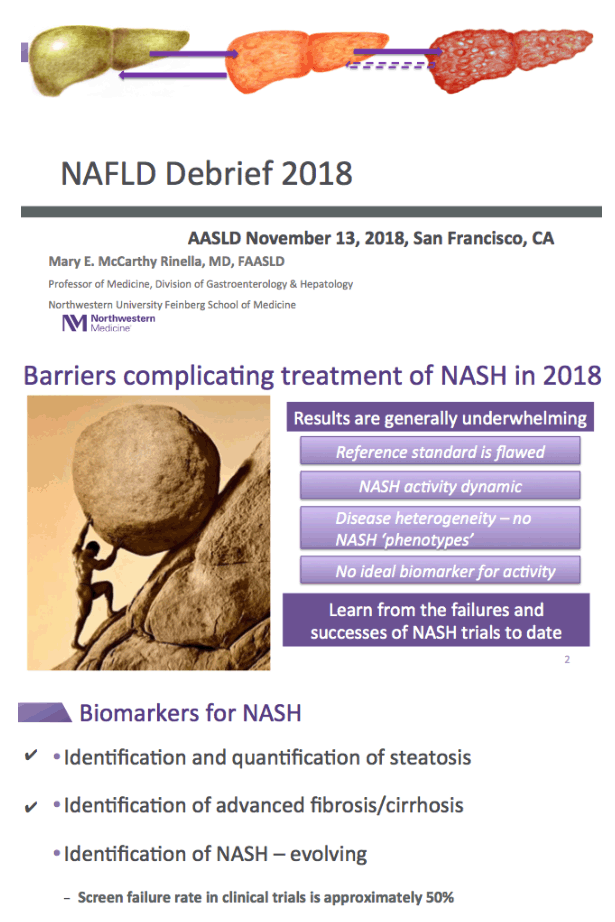
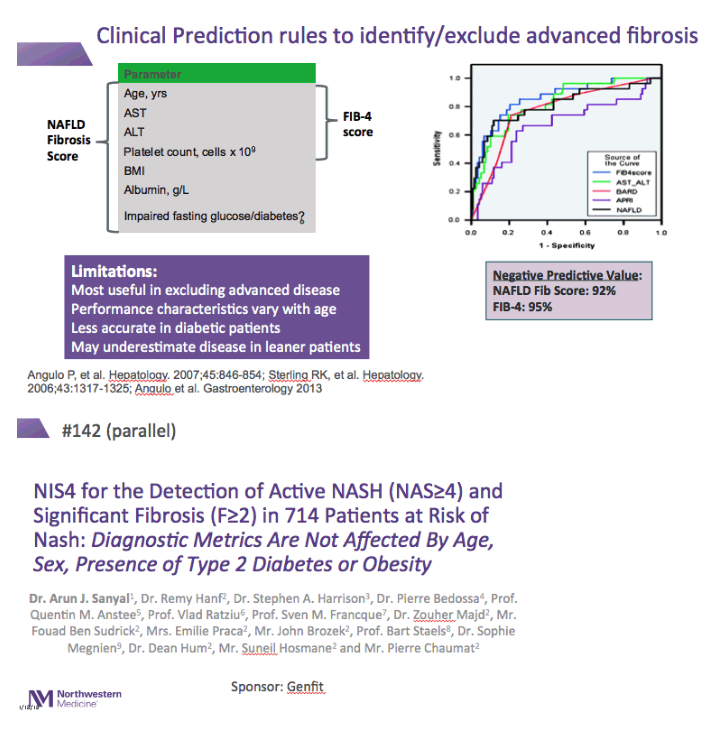
Background: After training of NIS4 (a non-invasive score combining circulating levels of miR-34a, Alpha2-macroglobulin, YKL-40 and HbA1c) for the identification of patients with active NASH and significant fibrosis in the GOLDEN cohort, we have validated NIS4 performances in an independent population of patients prospectively screened for inclusion into RESOLVE-IT. The aim was to validate diagnostic performances of NIS4 in subpopulations of patients sorted according to gender, age and concomitant diseases like type-2 diabetes or obesity. Diagnostic metrics were compared at three cut-offs defining low, low-medium, medium high and high risk ranges of having the condition.
Methods:
The data set comprised 714 patients (239 from GOLDEN + first 475 screened for inclusion in RESOLVE-IT) with a NIS4 value and liver biopsy scores (Central reading according to NASH-CRN scoring system). AUROC and diagnostic metrics (sensitivity/SN, specificity/SP, positive predictive value/PPV and negative predictive value/NPV) were calculated at optimal, low (90% SN) and high (90% SP) cut-offs. Patients were grouped according to age (<55 year vs ≥55 years), sex (male vs female), BMI (<30 kg/m2 vs ≥30 kg/m2) or type 2 diabetes status (yes vs no). AUROCs and diagnostic metrics at the three cut-offs (low, optimal and high) and in the different subgroups were then compared. AUROCs are expressed as mean and 95% CI and statistical significance between AUC's was assessed using the DeLong test.
Results:
The prevalence of active NASH (NAS≥4) and significant fibrosis (F≥2)in the cohort was 51%. NIS4 AUROC in this cohort was 0.83; [0.795-0.858]. At the optimal cut-off of 0.5, SN = 74%, SP = 75%, PPV = 76% and NPV= 73%. At a low cut-off of 0.3 (SN=90%), SP =51 % and NPV=83%. At a high cut-off of 0.7 (SP = 90%), SN=52%, PPV=84%. In this cohort, 49% were >55 year old, 48% were male, 68% had a BMI>30 and 38% had type 2 diabetes. As shown in table 1, AUROCs were not statistically different and diagnostic metrics were comparable in all subgroups analyzed.
Conclusion:
In a large cohort of patients prospectively screened because of accumulating rik factors for NASH, NIS4 had good diagnostic performance for the identification of patients with active NASH (NAS≥4) and significant fibrosis (F≥2), irrespective of patient sex, age, obesity or type 2 diabetes status. Defining 3 cut-offs could allow stratification of patients according to their risk of having the condition and guide medical intervention.
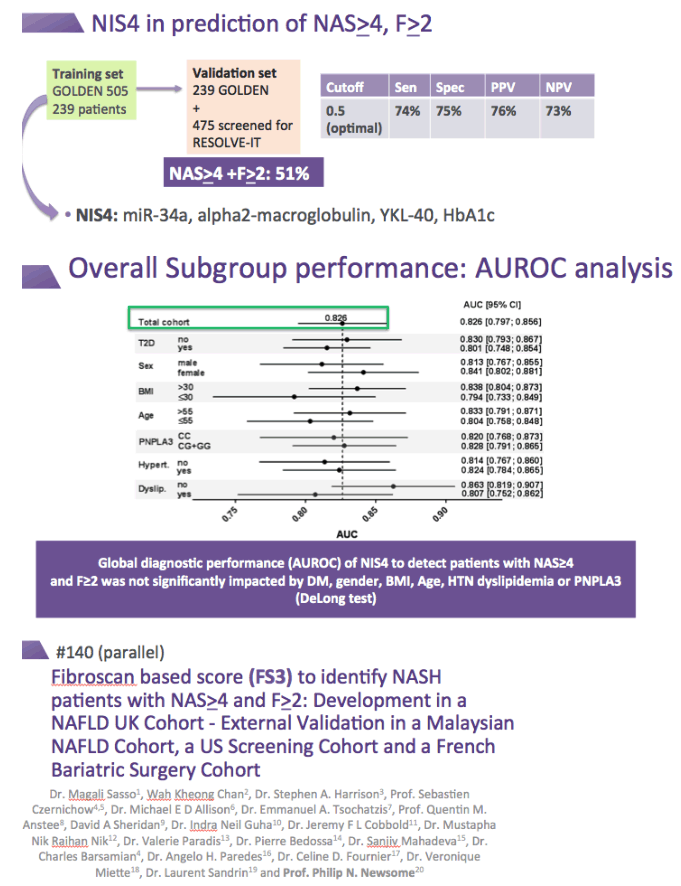
Background: Given the upcoming market release of drugs for NASH patients at risk of progression to cirrhosis or with cirrhosis, we aimed to develop a simple score FS3 based on three biomarkers (LSM and CAP by VCTE and ASAT) to detect patients with active NASH (NAS≥4) and advanced fibrosis (F≥2). This score ought to be externally validated in different clinical settings and geographical origin.
Methods: Derivation cohort: Patients with suspected NASH prospectively underwent FibroScan and liver biopsy (LB) at 7 British centres. NASH was diagnosed using the FLIP algorithm. The cohort was split randomly into development (80%) and validation (20%) sets to develop the score. Statistical modeling was used to identify the three most relevant parameters to be used in FS3. Score performance was assessed using area under the receiver operating characteristics (AUROC) and was internally validated using bootstrap. Malaysian NAFLD validation cohort: NAFLD patients underwent FibroScan and LB in a single liver center in Malaysia. US screening validation cohort: Patients screened for NAFLD in one US center. Patients with MRI-PDFF≥5% or LIF score≥2 or E≥7kPa on FibroScan or ≥3kPa on MRE were recommended for a LB. French bariatric surgery cohort: Patients with severe obesity (BMI>35 kg/mē) prospectively underwent a FibroScan examination before bariatric surgery in a single French centre. LB samples were collected during surgery. Histology: LB were read in a blinded manner with consensus by two expert pathologists for all cohorts except the Malaysian which was read by a single local pathologist.
Results: The derivation cohort was constituted of 281 patients. Prevalence of NASH+NAS≥4+F≥2 was 47%. Table 1 provides performance of the score together with main patients' characteristics for each cohort.
Conclusion: FS3 score combining 2 physical parameters reflecting fibrosis and steatosis (E and CAP) and a simple circulating parameter reflecting inflammation (ASAT) was developed to target NASH patients with NAS≥4 and F≥2. The score showed good to excellent performance in the derivation cohort and several validation cohorts of different clinical settings (NAFLD, screening, bariatric surgery) and different geographical origins (USA, Europe, Asia). Application of FS3 score is very promising for identifying patients eligible for treatment when drugs will be market approved as well as the screening of patients for drug trials.
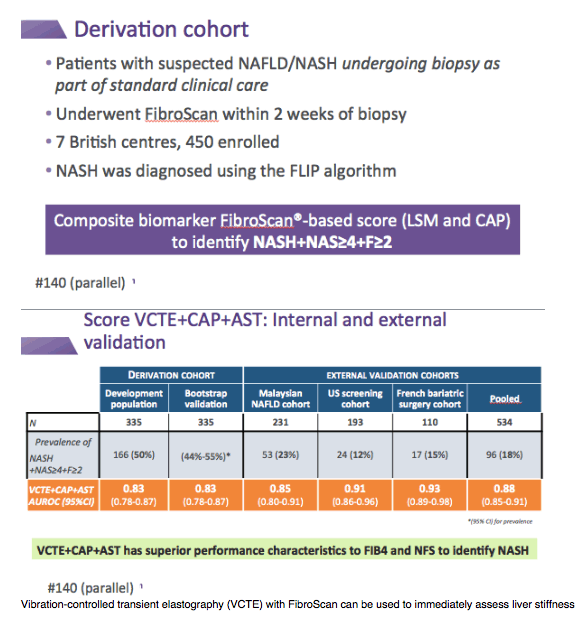

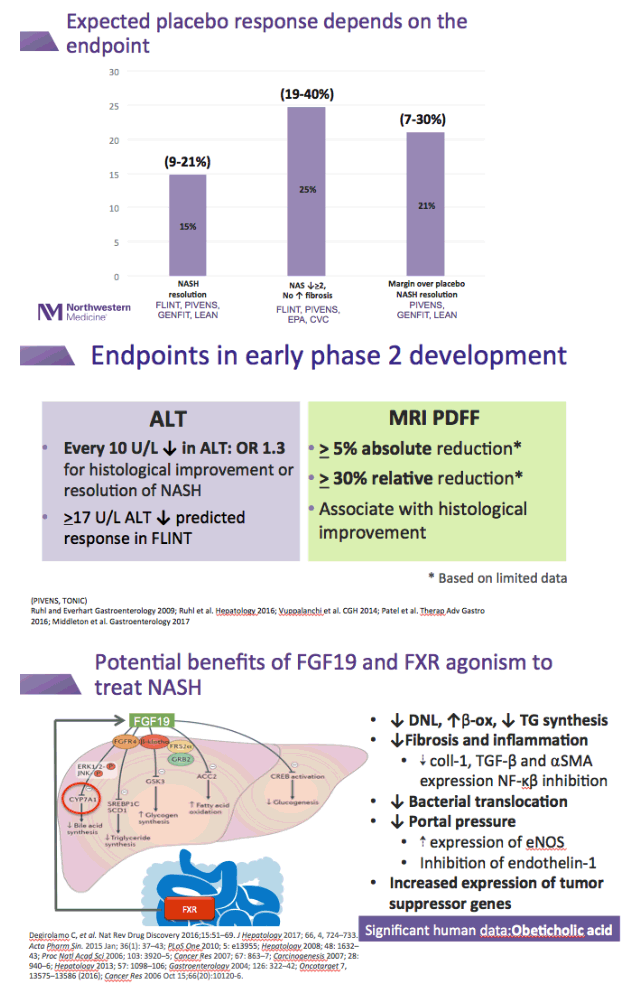
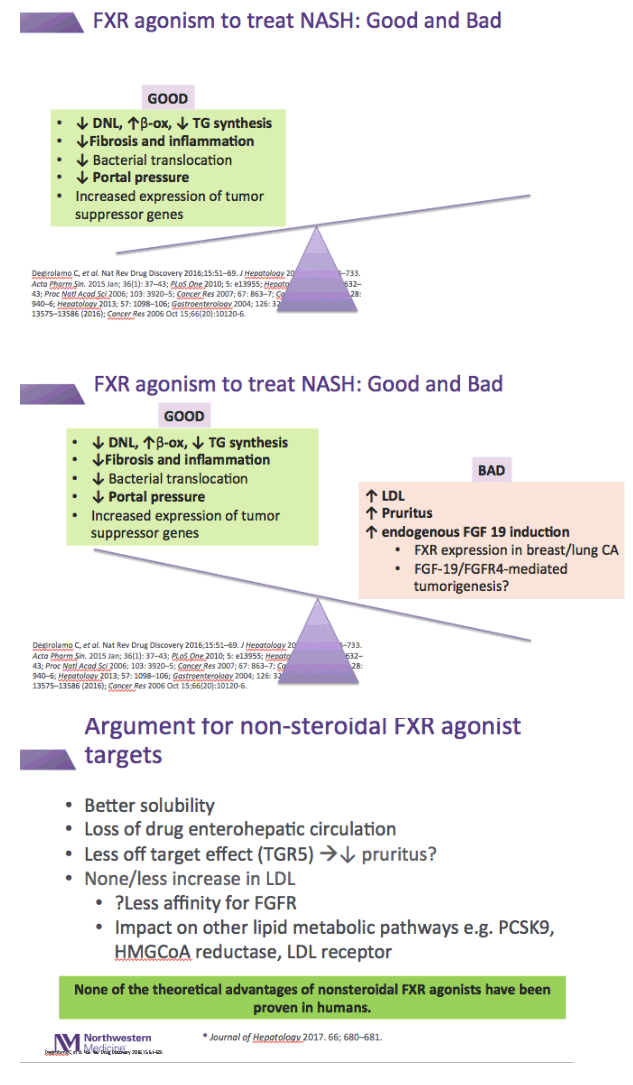
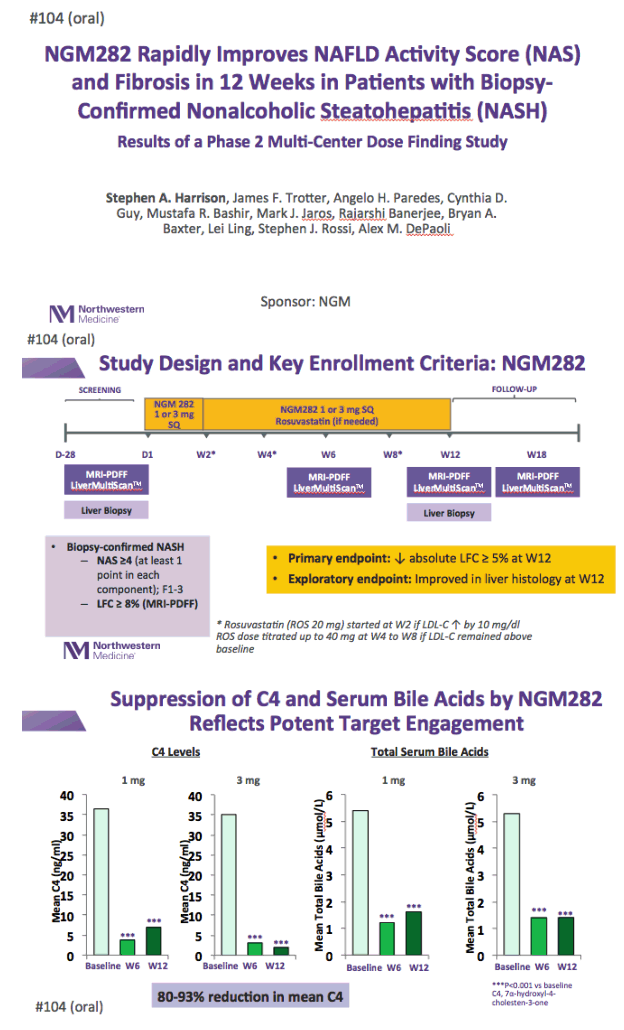
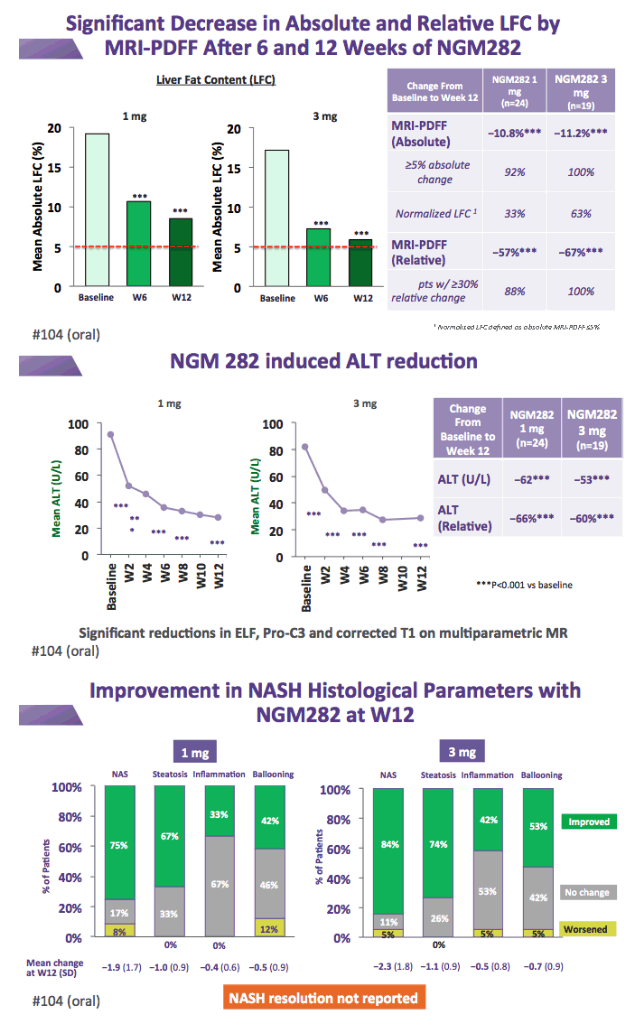
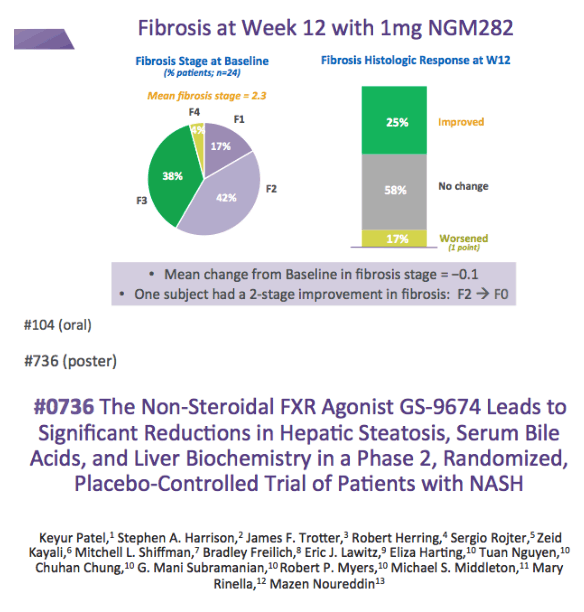
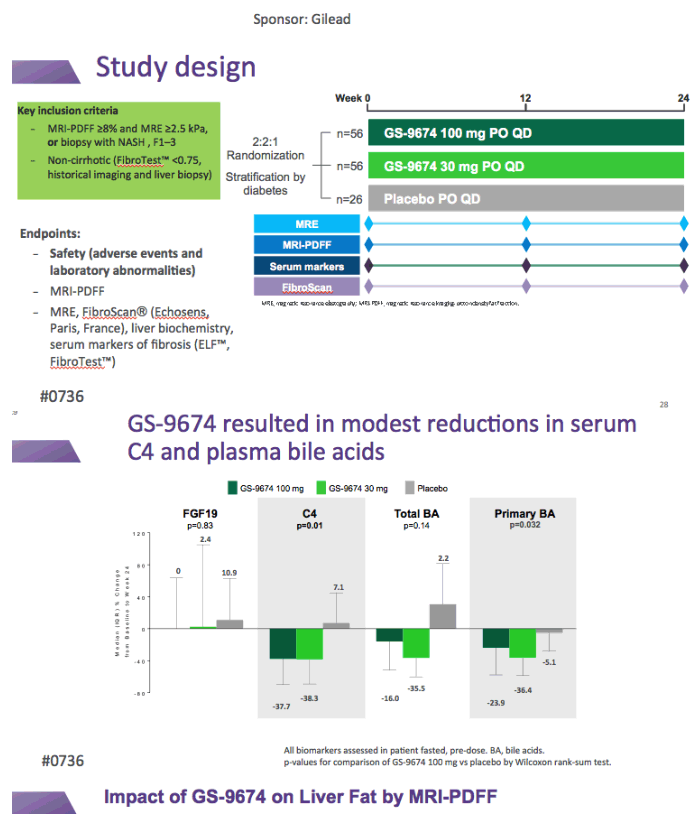

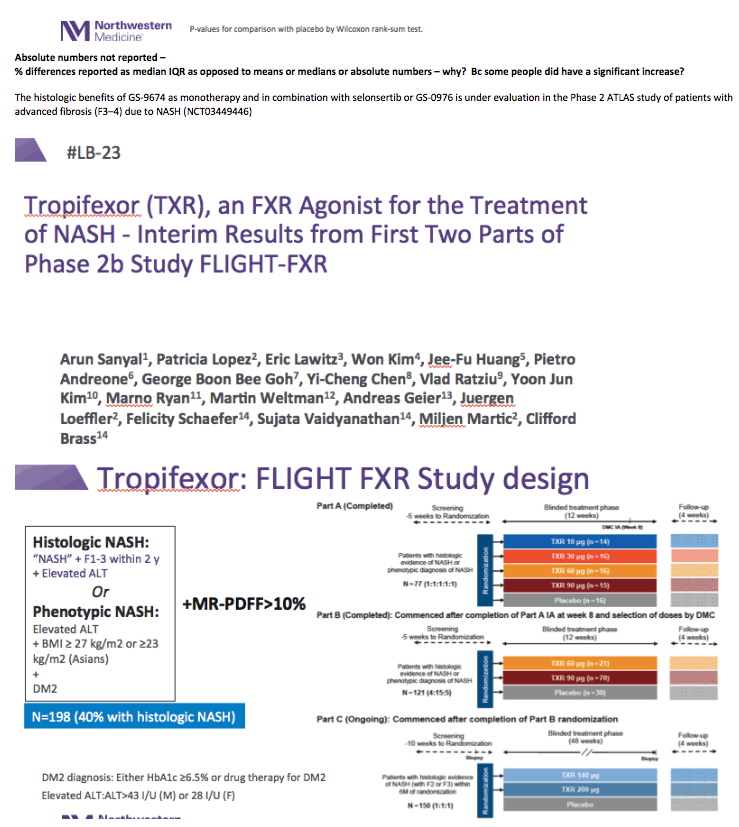
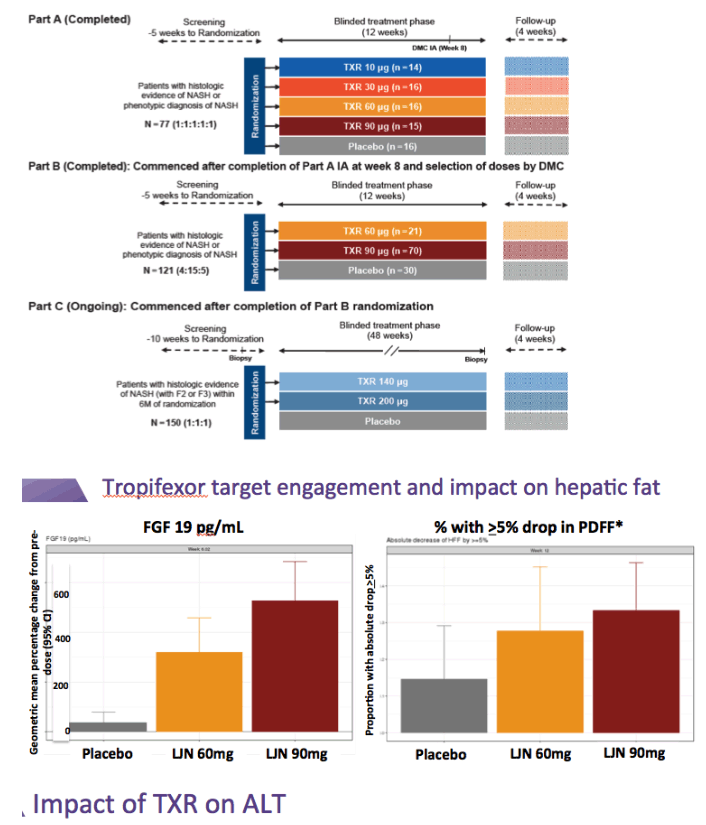
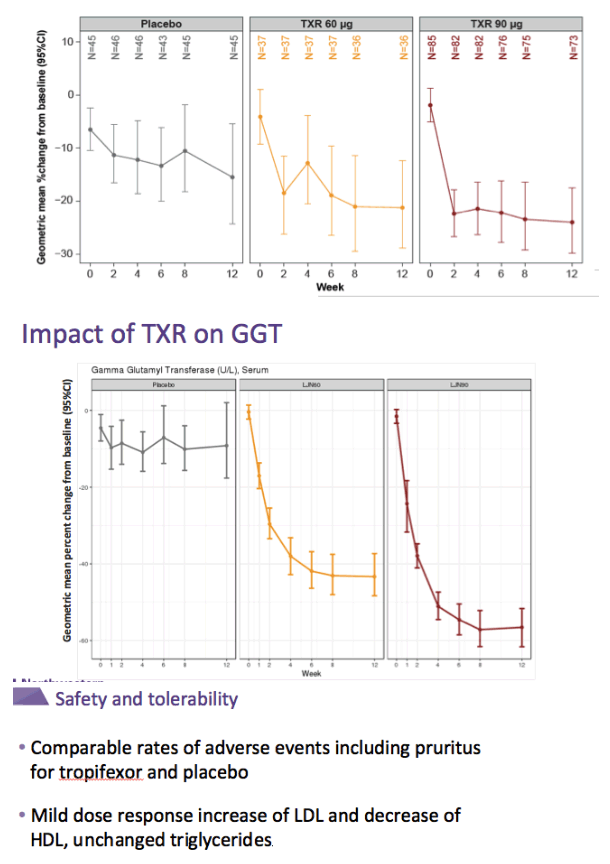
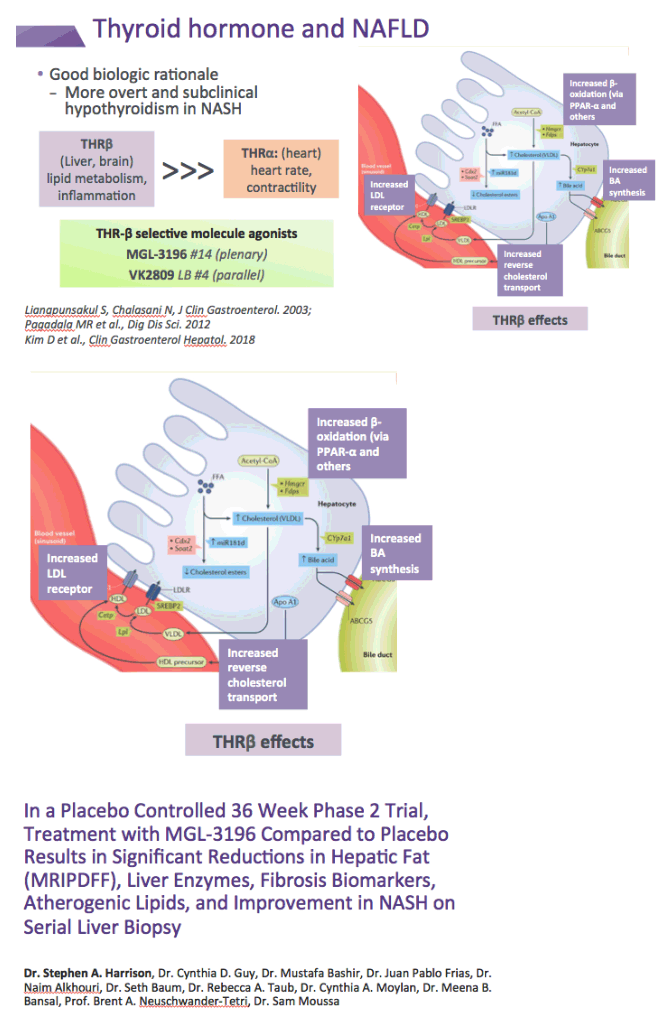
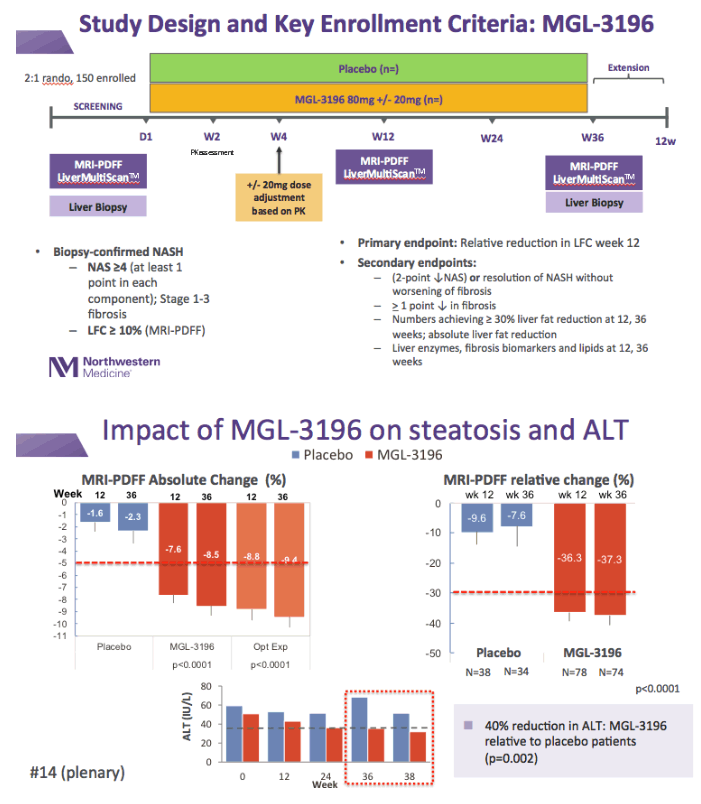
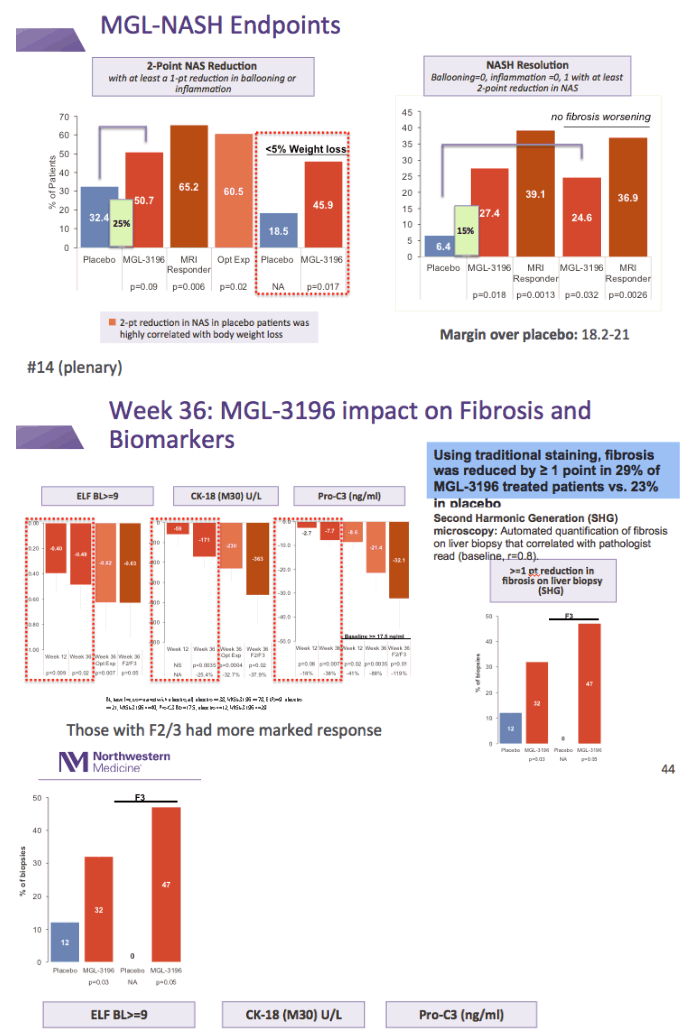
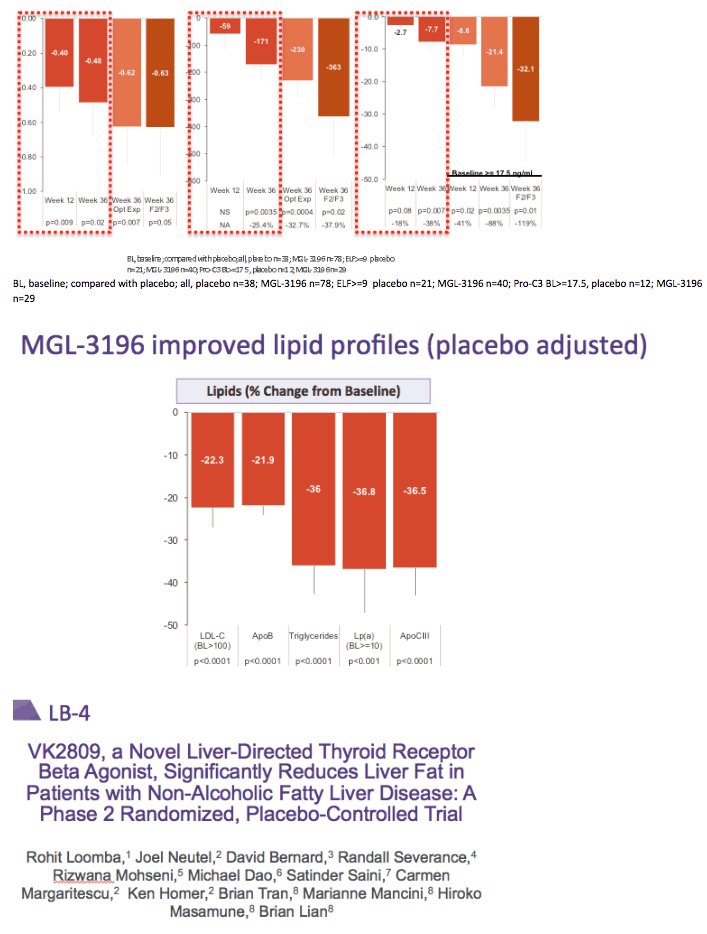
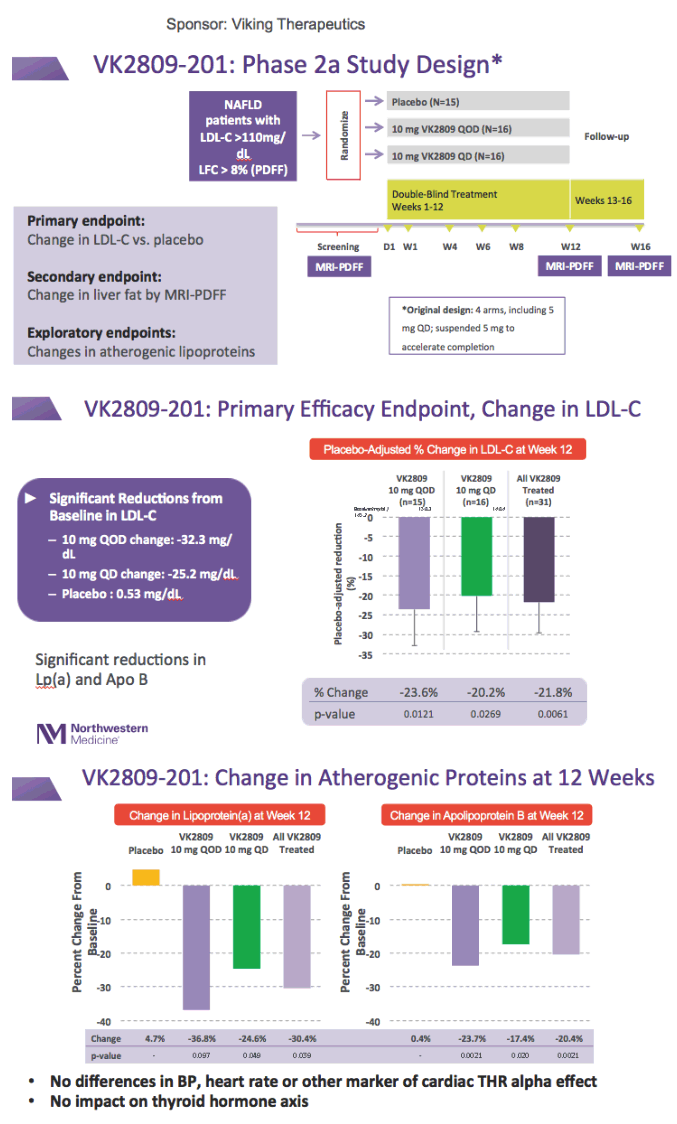
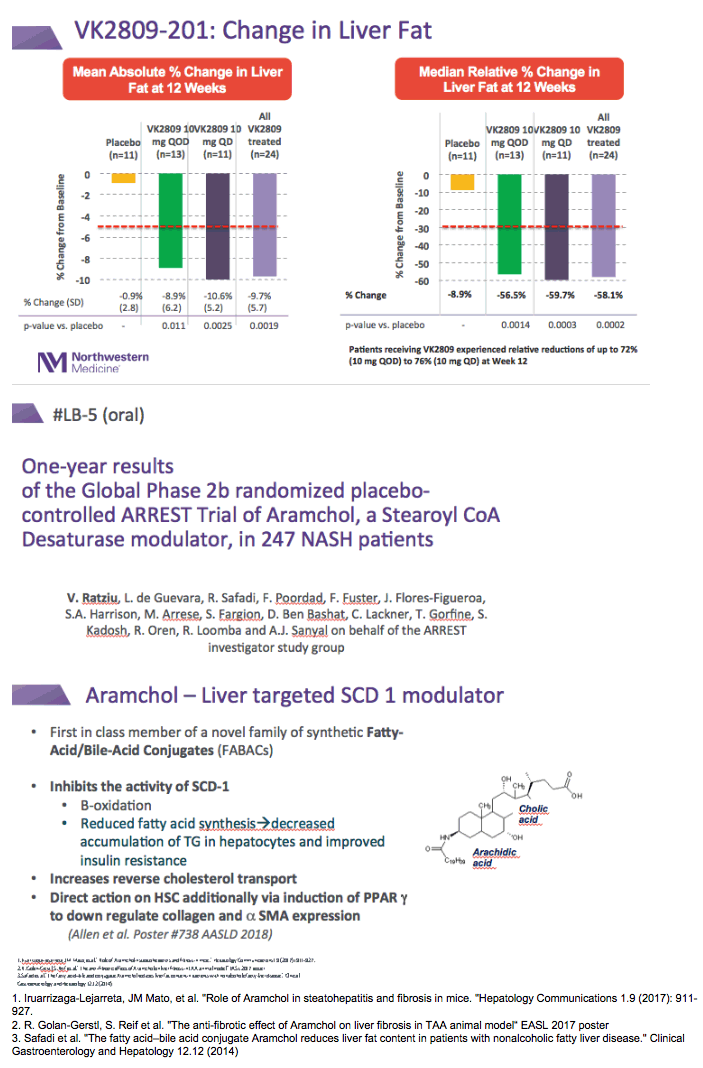
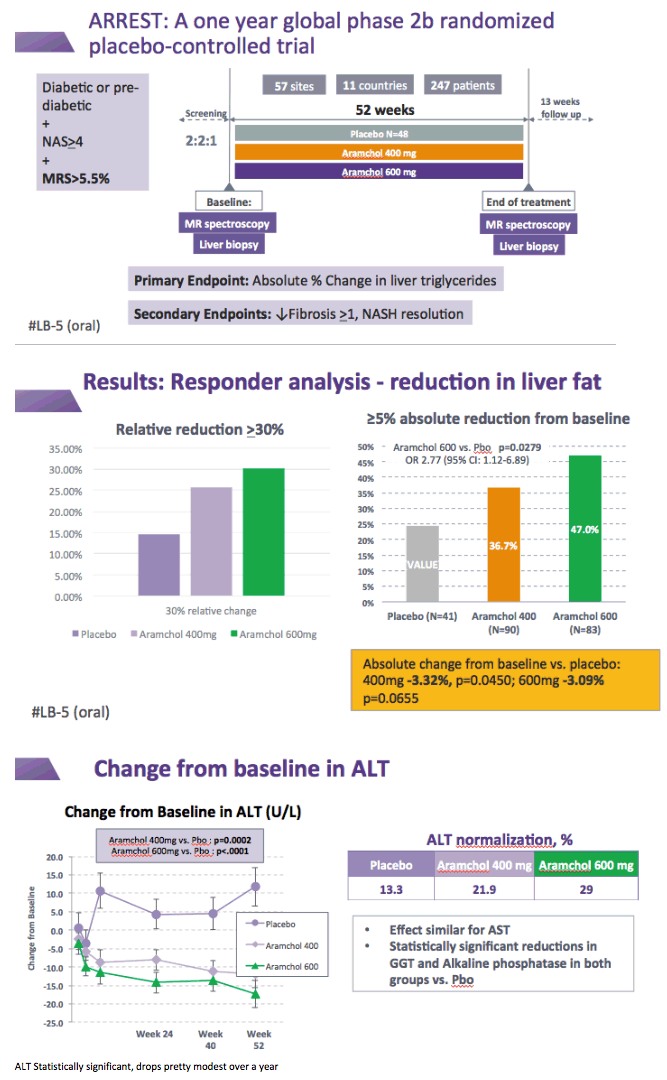
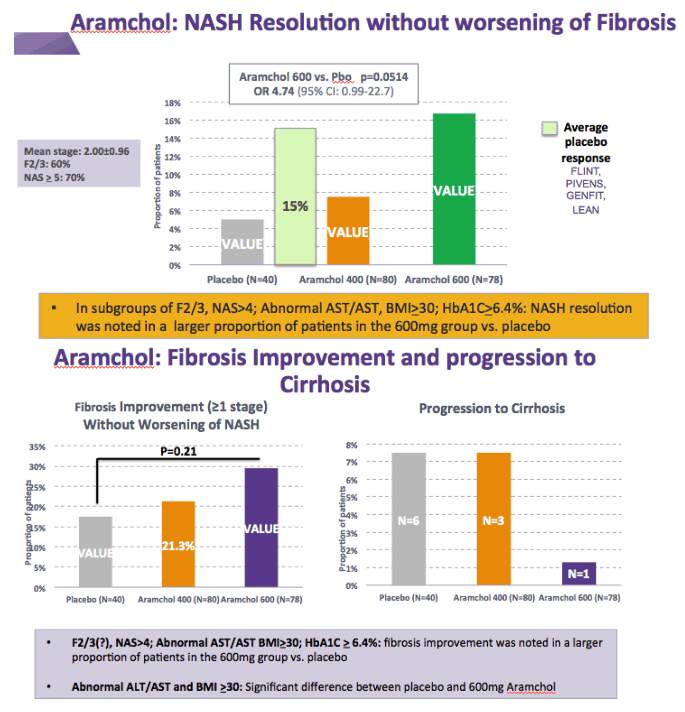
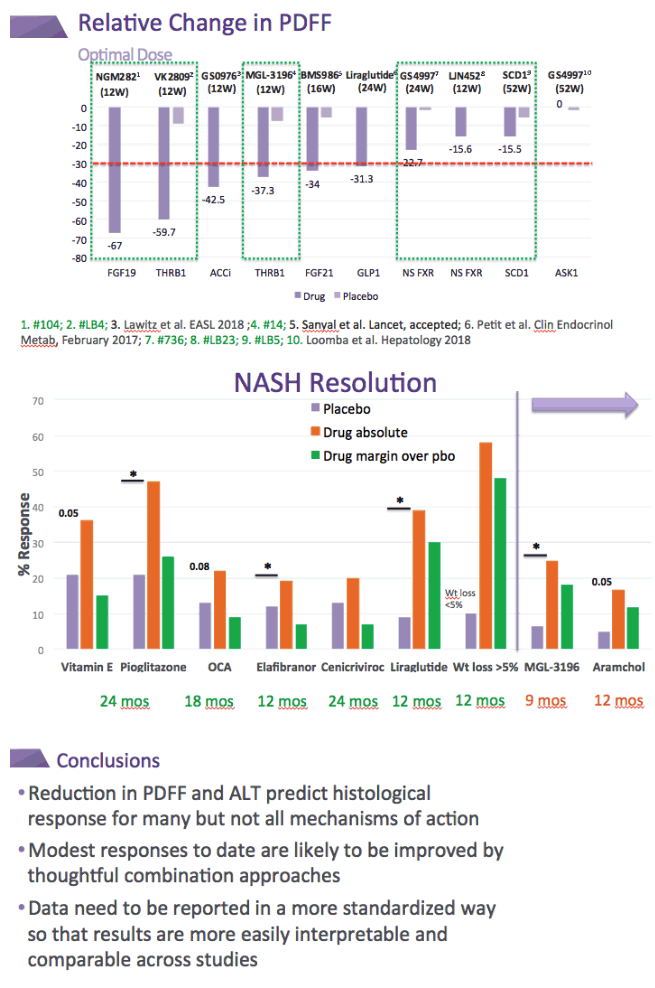
|
| |
|
 |
 |
|
|